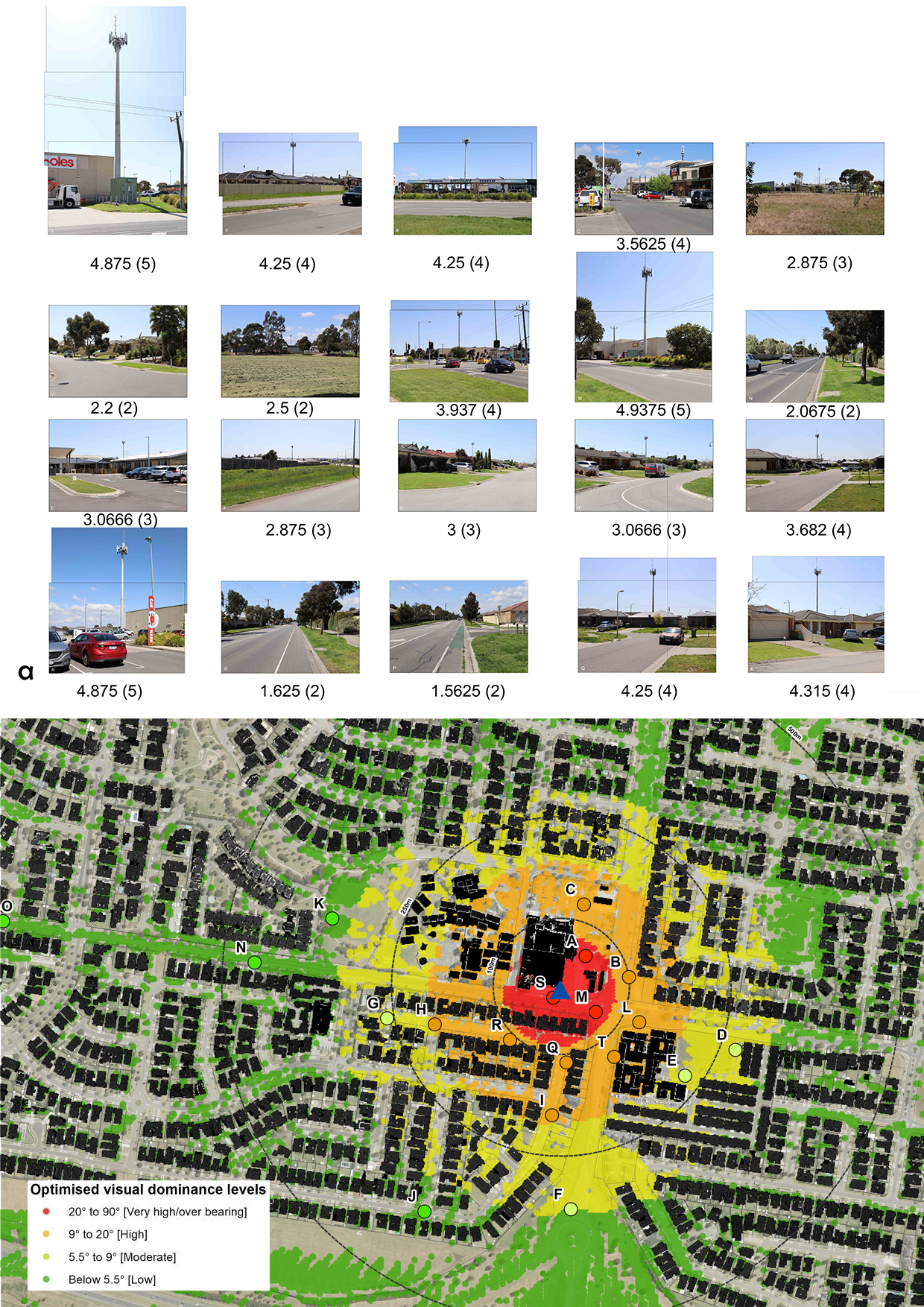27
NovemberVisual Resource Stewardship Conference
A recent research paper was published as part of VRS Conference (2023) held in Chicago. The biennial conference aimed to catalyse ideas and innovation between academia, practice, NGOs and government agencies who work to address analysis, planning, valuation, design and management of visual resources. The published paper was related to a new method to assess visual impacts of telecommunication towers.
The increasing demand for telecommunication towers has led to growing community opposition due to concerns over health and visual impacts, affecting the overall amenity and property values. This paper explores the concept of visual dominance and its role in defining the significance of visual impacts caused by telecommunication towers. To assess visual dominance, a perception study was conducted using an existing monopole case study in Pakenham, Victoria, utilizing an online platform (MIRO) for interactive engagement. The study incorporated classified LiDAR data to generate a Zone of Visual Influence (ZVI) map to identify areas where the monopole visible, and a Vertical Degree of Visible Change (V-DVC) map to depict the visual dominance of the monopole within the existing context. A public perception survey, featuring 20 photos of the monopole at various distances and screening potentials from public locations, assisted in categorizing visual dominance levels. The survey results were then used to calibrate the V-DVC map by identifying thresholds (very high (20° to 90°), high (9.5-20°), moderate (5.5-9.5°) and low (below 5.5°)) offering an evidence-based approach to assess visual impacts on public and private viewers. The findings underscore the importance of distance on the perception of dominance extending beyond the screening potential. The perception survey provides an empirical foundation for evaluating visual impact significance. The process can inform decision-making and conflict resolution in the placement and design of telecommunication towers. However, the widespread acceptance of this approach necessitates recognition and validation from diverse stakeholders, including professionals, communities, and legal bodies. This paper contributes to the advancement of Visual Impact Assessment (VIA) methods, supporting an inclusive approach to telecommunications infrastructure planning and decision-making.
